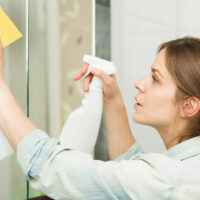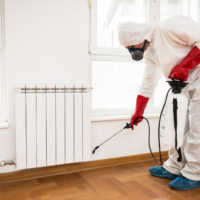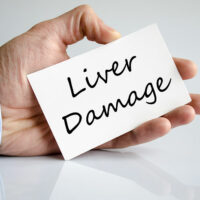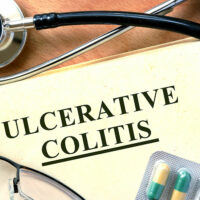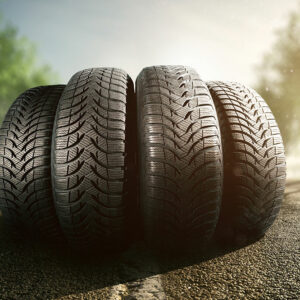
8 warning signs of a seizure
The brain is the most complex organ in the human body and controls all movements, functions, and responses. It comprises a network of nerves that sends and receives vital signals to the body. However, any abnormal activity in this electrical impulse can trigger seizures. Some people only experience mild seizures, while others develop chronic seizure disorders like epilepsy. Here are the warning signs of a seizure to look out for prevention: Cognitive symptoms Minutes before the seizure, one might experience multiple discomforts that affect cognition, for example, confusion and anxiety, starting with a general feeling of uneasiness. Some people also experience headaches and become irritable before a seizure. Abrupt movements Uncontrolled movements, like sudden jerking of the arms or legs, are also warning signs of a seizure. A developing seizure will disrupt vital communication signals from the brain that control gross motor skills. One might even experience physical uneasiness that causes the body to become stiff. No balance Losing consciousness is also one of the precursors to developing seizures. A person may blackout moments before the seizure kicks in and fall suddenly, having no control over balance or gross motor skills. Falls are commonly associated with severe seizures, but a person might feel dizzy right before the seizure, which affects overall balance and consciousness.
Read More. 